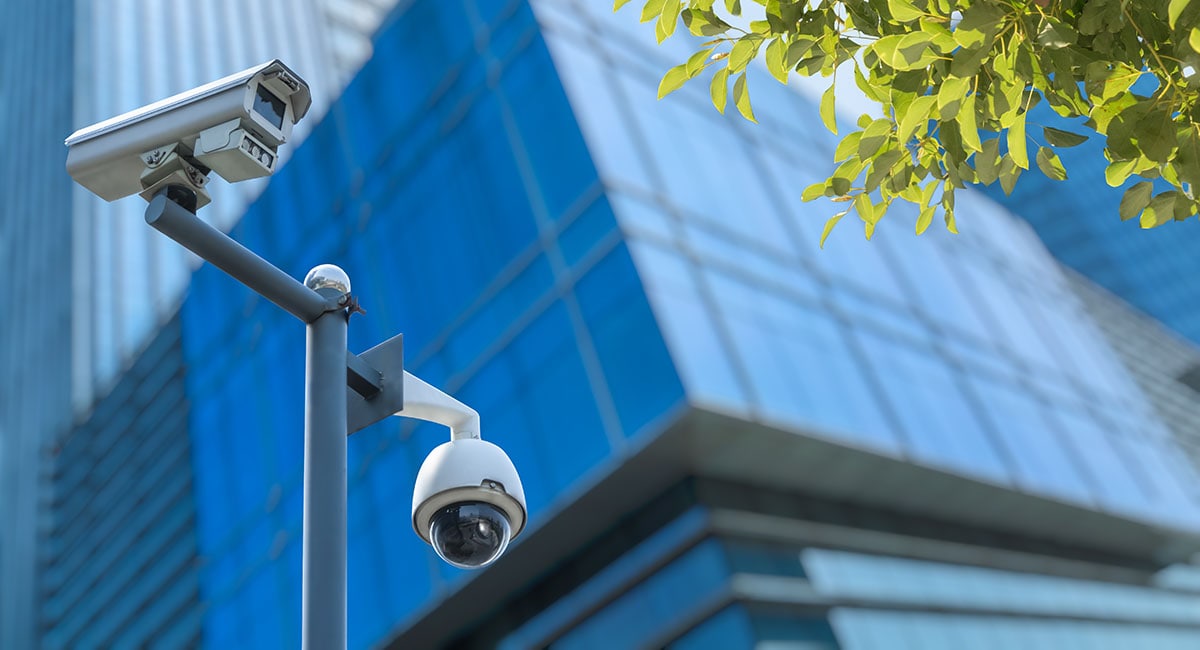June 24, 2020
How Smart Cities Can Deploy Video Technology to Enable Recovery
Combining IP-based cameras and data analytics enables powerful new use cases.

For example, connected Internet of Things-enabled streetlights are already being used to mount sensors and networked devices for traffic monitoring, security and other purposes. IP-based video cameras with integrated analytics capabilities might also be positioned to monitor people in a park to estimate crowd size. Such cameras could be used to determine whether people are following social distancing guidelines or to identify likely violations of any mask-wearing mandates.
Similarly, municipalities could deploy thermal video cameras inside the entrances to stadiums, museums and other venues to quickly measure a person’s estimated skin temperature and identify people who might have a fever. Video surveillance cameras positioned over all of the entrances — and equipped with people counting analytics and occupancy tracking software — can monitor occupancy levels to support social distancing strategies.
School districts and school buildings provide another promising use case for connected video systems. Picture the entrance to an elementary school when students are being dropped off or picked up. Cameras could scan children for elevated temperatures before they come in at the start of the day, and they could be used for contact tracing if someone becomes infected.
Or, for example, as school is letting out, a system with integrated messaging technology could help with the logistics of a safe and coordinated exit: Instead of allowing everyone to rush for the doors at once, teachers could keep students in their classrooms until an adult arrives to take them home.
How Enhanced Video Surveillance Delivers
There are many other potential coronavirus-related applications for video in digitally connected cities and the organizations within them. Some, such as using facial recognition for contact tracing, may be controversial, and there are certainly privacy and security issues that municipalities must address. But the fact that a device as simple as a mounted camera combined with powerful analytics software might be used to accomplish in just a few seconds what would otherwise be quite difficult — that’s something localities and other organizations must consider.
The use of video camera systems integrated with video analytics — an application we refer to as enhanced video surveillance — can provide city and other community leaders with three unique perspectives on any situation. The first, hindsight, involves what already happened and entails the searching and analysis of past video to learn more. The second, insight, is about what’s happening in the moment so the right people can be alerted and action can be taken. And the third is foresight, or what’s going to happen next, something such systems are often able to determine using business intelligence and predictive analytics tools.
What life in the wake of the coronavirus crisis will look like is, for now, anybody’s guess. But chances are, it’s going to include video — and smart cities will be among the first to put it to the test.


